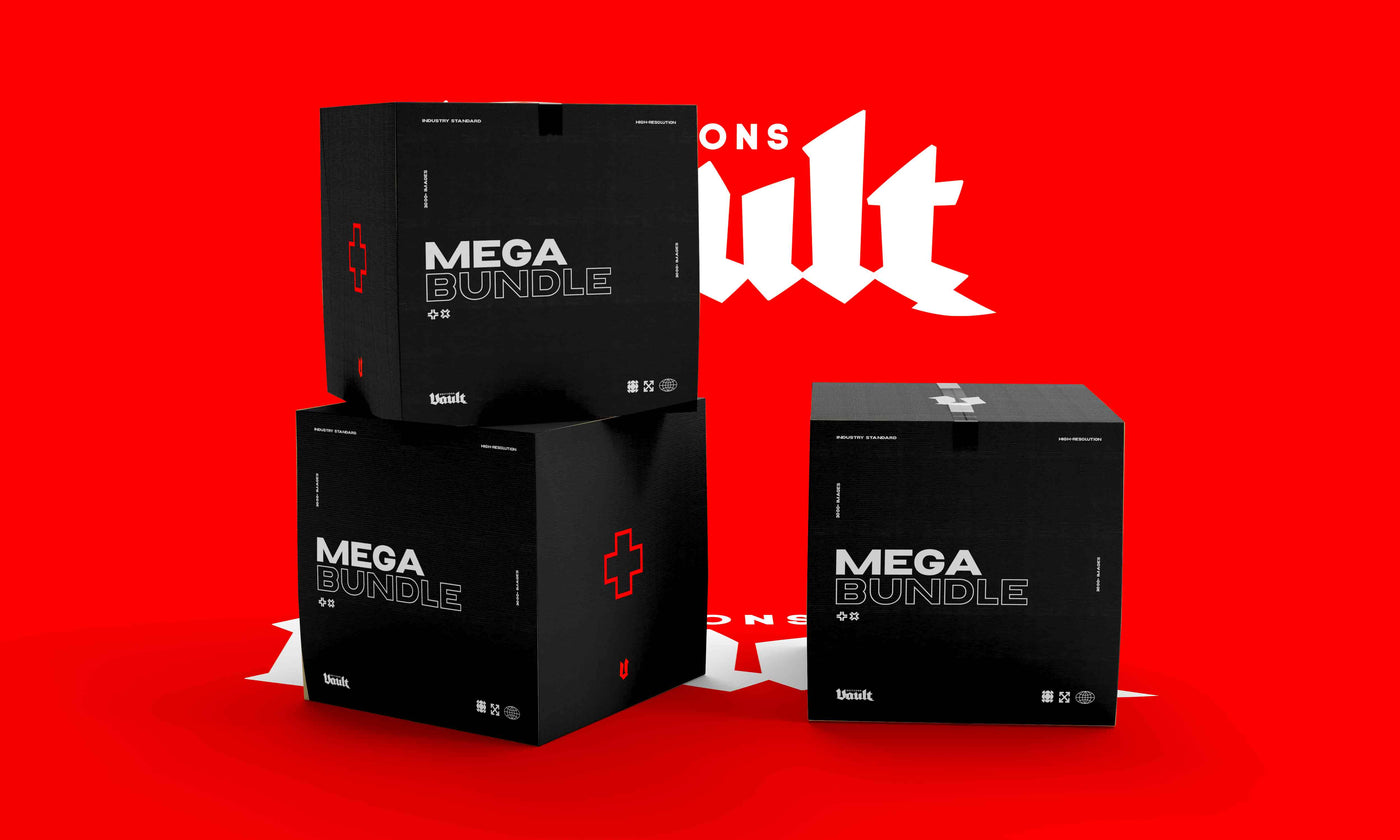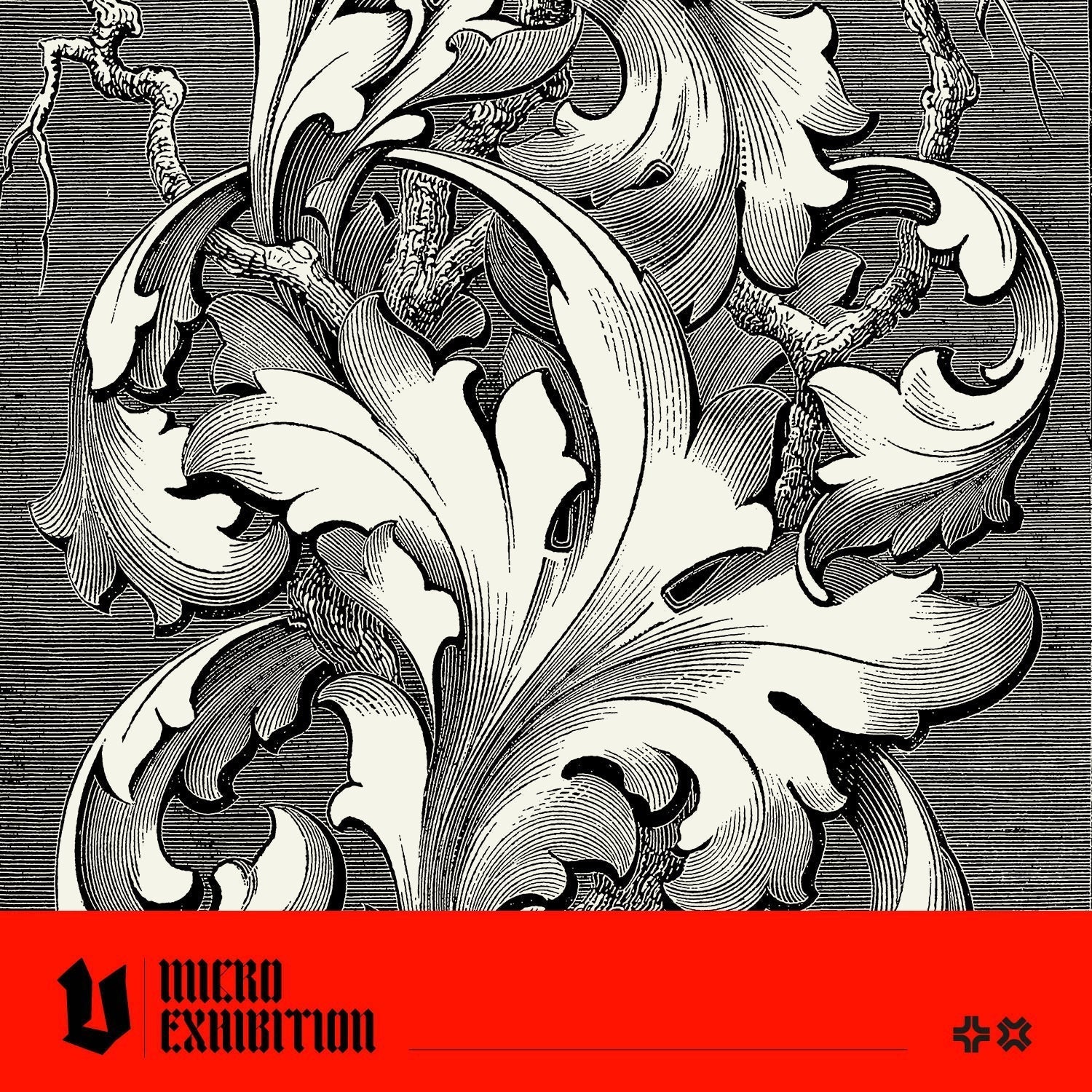Cabinets of Curiosity: Our New Image Archive &
Exploring the Wunderkammer’s Mythical Objects
We’re currently working on a very special project: the Cabinet of Curiosities, an Image Archive. These collections, also known as Wunderkammern (plural of Wunderkammer, meaning “room of wonder”) were assemblages of rare, unusual, and remarkable objects created to inspire curiosity and inquiry. We’ve discovered some truly stunning images and are hard at work restoring them. We hope they’ll spark curiosity, inspiration, and creativity in you. Stay tuned to find out more!

Cabinet of Curiosities, 1690s, Domenico Remps
As I explored these magnificent collections assembled over hundreds of years ago, I found myself thinking about conversations I’ve had with artists and creatives over the years, many of whom are also collectors of rare and unusual objects that play a part in their creative process. Much like the Wunderkammern of old, these collections might include found objects, an eye-catching flower or leaf, a unique shell, or, in a more modern twist, photographs capturing the unusual and memorable sights of everyday life. In this article, we’re discussing the components of the Wunderkammer, examining some fascinating examples, plus we have a creative challenge for you! Let's go!
 Multifaced sun clock by Wolfgang Mayr, c. 1600, Kunsthistorisches Museum, Vienna, Austria.
Multifaced sun clock by Wolfgang Mayr, c. 1600, Kunsthistorisches Museum, Vienna, Austria.
Origins of the Wunderkammer
The Wunderkammer emerged during the Renaissance, when curiosity about the natural world collided with a surge of exploration, trade, and artistic experimentation. Collectors, including royals, nobles, scholars, and wealthy merchants, filled dedicated rooms with fossils, shells, sculptures, scientific instruments, and relics. These spaces were the forerunners of museums, but they weren’t about tidy classification or public education; they were spaces of imagination, wonder, and showmanship. Inside them, art, nature, science, and myth all mingled freely in collections that reflected not just the taste and wealth of the curator and the world as it was known, but the world as it was imagined.
 Grotesque wild boar, by Caspar Beutmüller the Elder, 1603-1609, Coconut (Cocus nucifera), silver (gilded), residue of cold paint, (Eltz Castle) collection in Wierschem, Germany
Grotesque wild boar, by Caspar Beutmüller the Elder, 1603-1609, Coconut (Cocus nucifera), silver (gilded), residue of cold paint, (Eltz Castle) collection in Wierschem, Germany
The Categories of Curiosity and the Manufactured Marvel
Though every Wunderkammer was unique, historians tend to group their contents into six broad categories.
- Naturalia (wonders of nature),
- Artificialia (human-made art and craft),
- Scientifica (instruments of discovery),
- Exotica / Ethnographica (objects gathered through travel),
- Artefacta / Antiquitates (relics of the past),
- Mirabilia, the marvellous and mysterious.
Mirabilia often bled into Naturalia (oddities, anomalies) and, at times, into Artificialia when “natural” wonders turned out to be man-made, as in some of these examples.

Fold-out engraving from Ferrante Imperato's Dell'Historia Naturale (Naples 1599), the earliest illustration of a natural history cabinet
One of the most notorious examples was the Fiji Mermaid (also “FeejeeMermaid”), a composite creature produced in nineteenth-century Japanese artisan workshops. Tracing back to ningyo (“human-fish”) figures from Shinto and Buddhist contexts and popular misemono carnivals, many were built with papier-mâché bodies over wooden armatures, combined with real fish tails and decorative elements (as documented by the Horniman Museum). Some were possibly made with using monkey skeletons. Entrepreneurial Dutch sailors brought them home and passed them off as real. The most famous was exhibited by P. T. Barnum in 1842. Surviving examples can still be seen in museums such as the Horniman Museum in London.
The Horniman Merman, from The Horniman Museum, London
Beyond the Fiji Mermaid, other famous fakes include:
Jenny Hanivers, were rays or skates reshaped and dried to resemble dragons, demons, angels, or basilisks.“Unicorn” horns, actually narwhal tusks, sometimes mounted in precious metal.
The Scythian Lamb (Vegetable Lamb of Tartary), a mythical “plant-animal” said to sprout lambs on stems; collectors displayed root or crafted models, later understood as ideas inspired by the cotton plant.
 A Jenny Haniver example from Wikipedia
A Jenny Haniver example from Wikipedia
A Creative Invitation for You
The Wunderkammer helped make connections between unlikely things and was a space where art and science shared the same shelf. A stuffed crocodile might hang above a gilded frame, a coral branch beside a carved figurine. Order and chaos lived side by side. For artists today, that spirit still resonates - inspiration often hides in the in-between, in the overlooked and the uncertain.
Creating your own cabinet of curiosities doesn’t require grand rooms overflowing with awe-inspiring artefacts; just a sense of wonder and a willingness to notice. So, what might your Wunderkammer look like today? Perhaps it starts in the cluster of objects on your desk, a memento from a holiday beside a fir cone or an unusual stone, or maybe it’s on your phone’s photo reel, capturing a patch of lichen on a branch or the patina of a piece of metal left outside in the rain.
Each of these small discoveries is a moment saved for the future. What you choose to keep, frame, or photograph becomes an archive of your way of seeing the world, and who knows, they may inspire your next creative project!
 Frans Francken the Younger: Chamber of Art and Curiosities, 1636
Frans Francken the Younger: Chamber of Art and Curiosities, 1636




